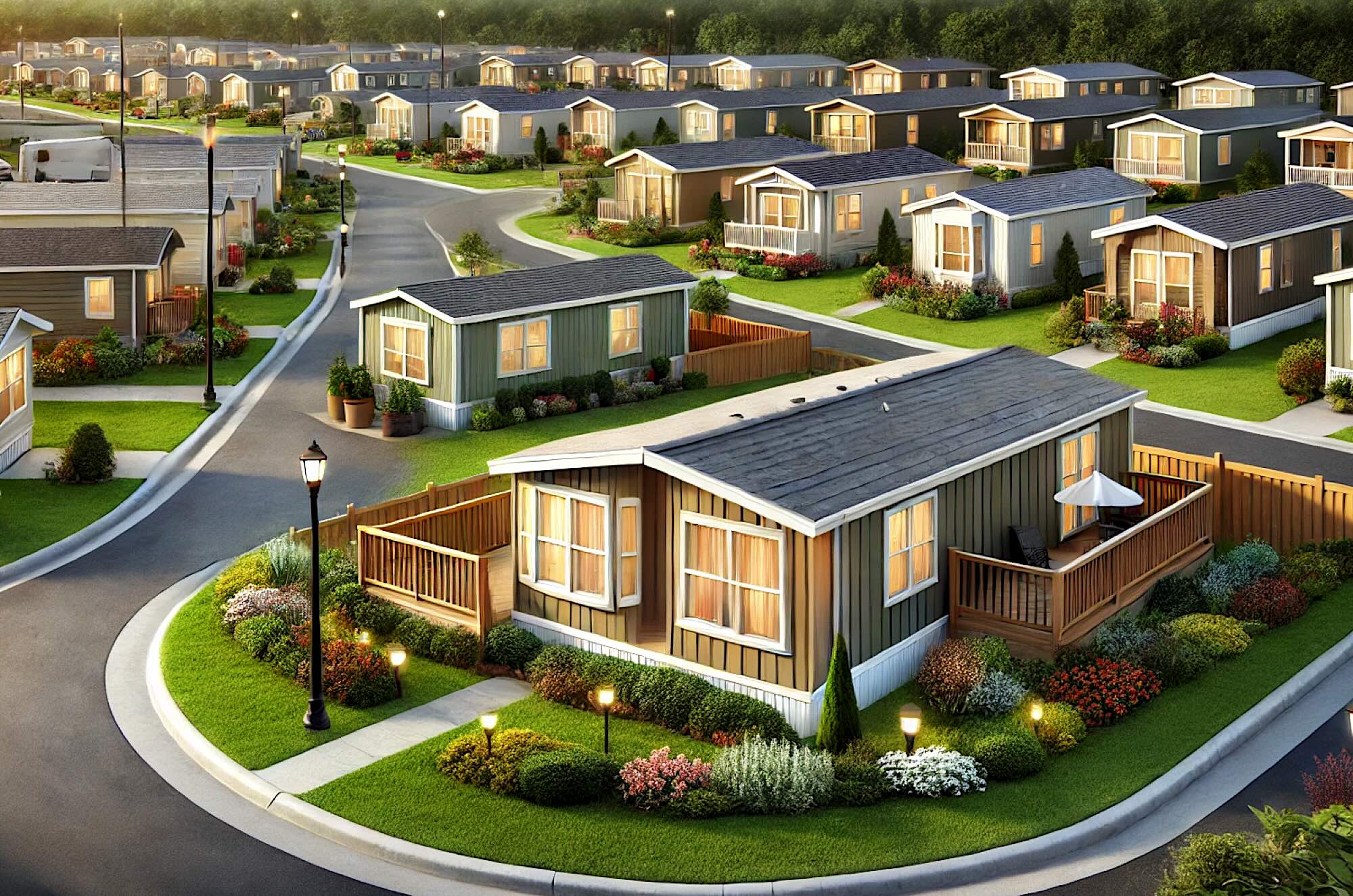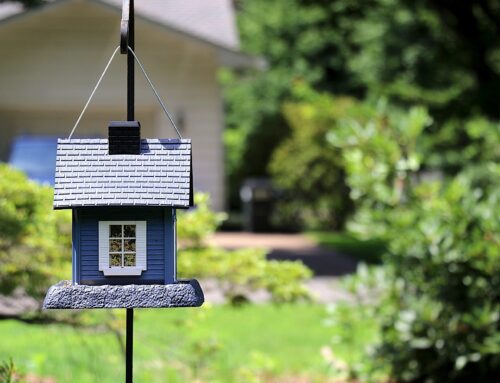As housing affordability becomes a growing concern across Canada, mobile home parks are gaining attention as a practical solution. These communities offer an affordable alternative for residents while providing steady returns for developers and investors. However, with land prices soaring and availability shrinking, the path to developing a mobile home park is not without challenges. One promising avenue is exploring public lands, as the Canadian government considers fair market offers on underutilized properties. Here’s a closer look at the costs, benefits, and potential of developing a mobile home park.
Developing a mobile home park requires a substantial upfront investment, starting with acquiring land. Private land in desirable locations is often expensive, and owners may be unwilling to sell. Public lands, managed by municipal, provincial, or federal authorities, offer a unique opportunity. The Canadian government’s policy to consider fair market offers on public lands provides an option for developers to access land that might otherwise be off-limits. These properties are often underused or strategically located, making them ideal for development.
Beyond land acquisition, other costs include rezoning (if necessary), infrastructure development, and ongoing maintenance. Mobile home parks require utilities such as water, electricity, and sewage systems, which may involve significant initial expenses depending on the land’s current condition. Additionally, developers must ensure compliance with municipal and provincial regulations, including environmental assessments and housing codes, which can add complexity and cost to the project.
Despite the costs, the benefits of developing a mobile home park can be significant. Mobile homes are an affordable housing option, making them highly desirable in areas facing housing shortages. This demand translates into steady rental income, as tenants typically pay lot rent for the space their mobile home occupies. In many cases, tenants own their homes but lease the land, creating a low-maintenance income stream for park owners.
Investors and capital managers find mobile home parks particularly attractive due to their stable cash flow. Once a park reaches full tenancy, it becomes a valuable asset that often draws significant interest from institutional buyers. These buyers are drawn to the reliability of rental income and the relatively low turnover rates compared to other residential properties. As a result, a well-run mobile home park can offer lucrative opportunities for resale or long-term investment.
For developers, targeting underutilized public lands presents a chance to create value while addressing a pressing societal need. These projects can also align with government priorities, such as increasing affordable housing or revitalizing underdeveloped areas. Working closely with local governments can smooth the process of rezoning and approvals, especially if the project is framed as a solution to housing challenges in the community.
However, challenges remain. Public perception of mobile home parks can be mixed, with some viewing them as less desirable compared to traditional housing developments. Overcoming this stigma requires thoughtful design and community planning. Developers who invest in quality infrastructure, green spaces, and amenities can elevate the image of mobile home parks, making them appealing to both residents and surrounding neighbourhoods
Additionally, the location of the mobile home park is critical to its success. Proximity to jobs, schools, and transportation options is essential for attracting tenants and achieving full occupancy. While public lands may offer affordability, developers must ensure that the site meets these criteria to avoid long-term vacancies and underperformance.
Developing a mobile home park can also have broader social benefits. By creating affordable housing communities, developers help meet an urgent need while fostering stability for residents. These parks often become tight-knit neighbourhoods where residents feel a sense of belonging. For governments, partnering with developers to repurpose public lands for mobile home parks aligns with goals to address housing shortages and use land efficiently.
In conclusion, developing a mobile home park is a complex but rewarding venture. The costs of land acquisition, infrastructure, and regulatory compliance are balanced by the potential for steady income, high demand, and strong investor interest in fully occupied parks. By exploring opportunities such as fair market offers on public lands, developers can unlock new possibilities while contributing to affordable housing solutions. With careful planning, strategic partnerships, and an eye toward long-term value, a mobile home park can be both a profitable investment and a meaningful contribution to the community.





